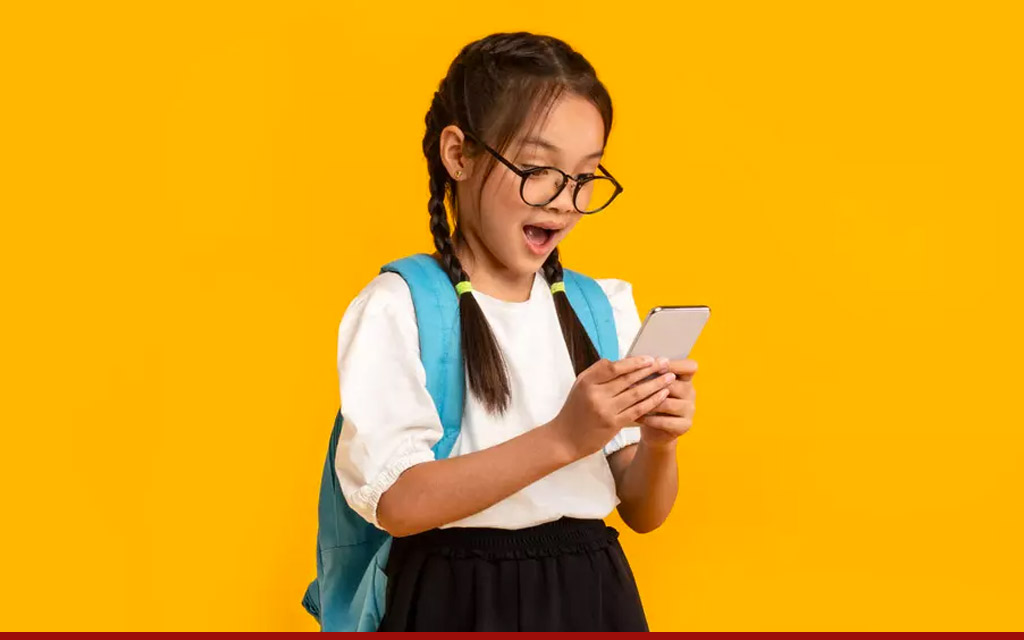New educational tools are incorporating curricula based on AI, gamification, AR and VR, and most interestingly, a collaboration that uses blockchain, token systems, and the creator economy. Here are three startups worth a look.
A disturbing chart by Scott Galloway shows that teachers are fleeing the profession. Can you blame them? Teaching is tough, underappreciated, and typically poorly rewarded. Teachers have to deal with everything from bullies in the classroom to shooters in the hallways to having to pick up a side hustle or two just to pay the rent.
Like every digital transformation, some companies on the cutting edge of technology believe it’s time to leave the traditional “sit in your seat until the bell rings” paradigm of post-war schooling and head towards more digital pastures. Edutainment, mixing education with gamification and the personalization that tech offers has been around for decades. But new tools tailored to tap into kids’ learning styles of the moment are always Interesting. A few new ones are churning curricula based on artificial intelligence, gamifying education, tools for exploration through AR and VR, and most interestingly, collaboration that uses blockchain, token systems, and the creator economy. Here are three startups that are worth a look.
Strange Bedfellows?
One of the most interesting is Animoca’s funding of TinyTap. Animoca is a giant investor in the emerging world of the metaverse with significant investments in The Sandbox, Axie Infinity and OpenSea, among others.
TinyTap is an education company that’s created healthy (and profitable) web-based marketplaces that allow the sharing of games and apps, for parents, teachers, and kids (from pre-K to 7th grade).

With the new investment, TinyTap will move to a system that uses tokenization to bundle educational games and interactive activities created by teachers on its platform for purchase by co-publishers on the blockchain. The big idea is that teachers can become owners of the curriculum they create. For the moment, students will still operate in a Web 2 world, using apps and earning in-activity tokens by completing activities (or by making activities of their own), but the path towards full blockchain-based learning is squarely in place.
The aim is to help educators earn revenue from the fruits of their labor. The initial product, Publisher NFT, links a bundle of educational games and activities created by teachers and sells it for a certain amount of the ETH (Ethereum) digital currency. The first batch of six TinyTap NFTs sold at auction for a total of 138.926 ETH (approximately US$228,000 at the time of sale) generating a total 67.7 ETH (approximately US$111,000 at time of sale). The teachers reaped a portion of those sales.
The NFT sold for the most was Learn English with Gabi, which generated 22.9 ETH (approximately US$37,600 at the time of sale) for its creator. According to Yogev Shelly, the founder of TinyTap, that’s approximately 13.4x the average monthly elementary teacher’s salary in Israel, where the creator is based. Ultimately TinyTap envisions a world where kids, educators, book authors, and organizations are all creating experiences and being compensated for their work.
Could it turn the world of traditional textbook publishing on its head? Both Animoca and TinyTap think so. To hear more about how the unlikely duo will work, listen to the YouTube video.
For the TikTok Generation
Say what you will, a recent Pew Research study found that nearly about a quarter of Americans (mostly those under 30) get their news from TikTok. (And you thought it was grim when people got their news from Jon Stewart!).
In an effort to engage kids with the mediums they love, Tract is building a platform for kids to use multimedia to create their own educational material. Students can teach each other by building multimedia and earn in-experience coins for doing so. Teachers are also invited to create materials and share them or to sign their class up as contributors or users. Multimedia TikTok-inspired videos is the common thread. In-activity coins can be used to give awards to other learners or donate to real-world causes from an in-app shop.
Here’s a quick example of a kid’s generated video. The founders of the company are Esther Wojcicki (often best known as the mother of a trio of uber-successful daughters–one is CEO of YouTube, another CEO and founder of 23andMe, and the third is a top UCSF medical researcher). Wojcicki is a master educator herself. Her co-founder, Ari Memar, was one of her top students at Palo Alto High School and a champion of student empowerment. Wojcicki believes that “creativity is dampened by schools” and asserts that children are 90% more creative than adults. Earmuffs and other inventions were first imagined by kids, she says in her blog.
Exploring Crypto as a Family Unit
We haven’t seen many Junior or Senior High Schools offering classes on cryptocurrency or digital assets, though many of us believe digital assets will be both the currencies and proof of ownership for the coming future. Startup Doshi’s founders saw a natural gap in knowledge and created a cryptocurrency wallet for teens and their parents. The company calls itself an “educational crypto wallet” and believes that getting both parents and kids comfortable with wallets, blockchain and Web3 is super-important (though it’s hard to know who will be teaching whom).
You can purchase Bitcoin, Ethereum, Polygon through Doshi. The London-based founders believe teens in particular are being closed out of participating in the Web3 marketplace because parents hold the purse strings. So why not get parents’ consent so the whole family can get educated together? The parent signs on and goes through all of the usual KYC (Know Your Customer) verifications, just as they would with a bank account. There are some good tutorials to educate families about crypto on the site too, though it’s surprising they didn’t rely on video, the lingua franca of teens and tutorials. The app is free for download on the Google Play and Apple Play stores.
Added perk? Doshi users can learn-to-earn, receiving NFTs when they complete courses– collecting assets and unlocking new features of the app. In the few weeks since launch, the company reports that it has acquired four school partnerships and over 3,000 users.
Another company to watch is VictoryXR, which uses VR headsets to create fully immersive learning environments that students can participate in either in real time or at their convenience.
The company is putting itself on the map by working with more than a dozen colleges to build digital twins of their campuses, so students anywhere can enroll and attend. With college costs skyrocketing, VictoryXR is betting on offering students a more immersive digital experience.
Novel learning ideas like these can leave us feeling a bit like Moses on the mountain. We can see the promised land, but will probably never fully enter. Moreover, we’ve seen earlier digital replacements for traditional learning systems come and go, often in the lifespan of a mayfly.
Ultimately, we’ll always be searching for a balance between live classroom learning and digital immersion. But as next-gen technologies like blockchain, tokenized learning, short-form video and VR become more refined and accessible, parents, teachers and students will gain more choice in the how, when and where we learn. That means more people will learn more, faster.
Source: https://techonomy.com/can-we-tokenize-gamify-and-reality-augment-education/




